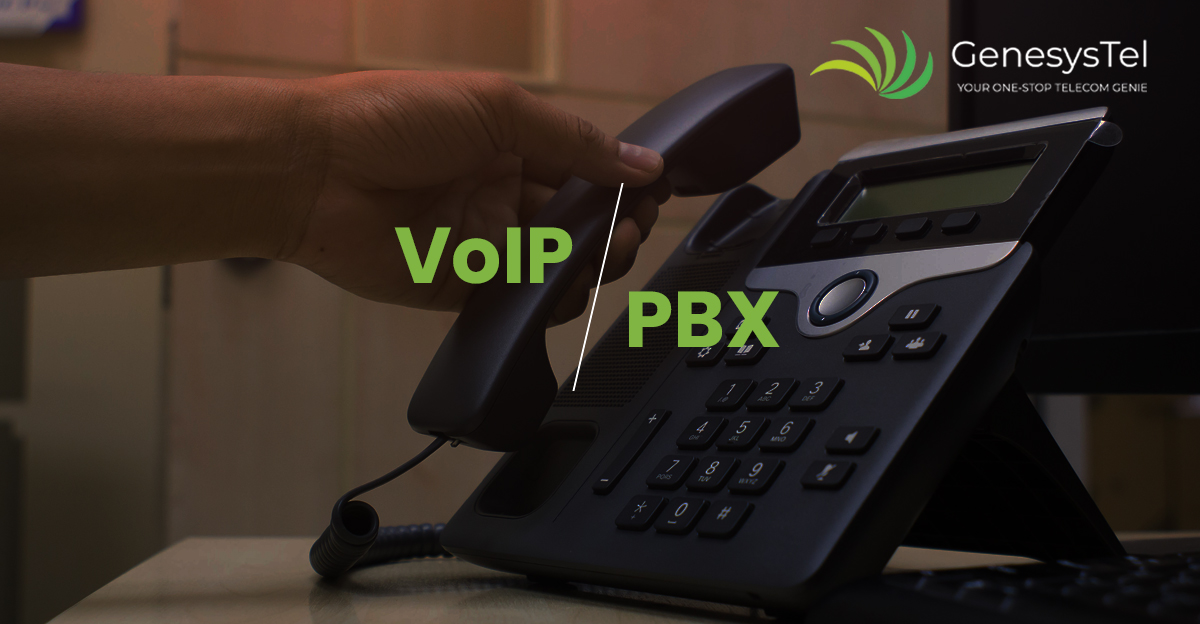As a business, you want to establish seamless channels of communication between the various business stakeholders. This includes your employees, customers, and various third-parties you are doing business with. You don’t want communication lag, resulting in miscommunication or delayed communication. The end result in such cases can be a loss of productivity and slow decision making. As can be imagined, this can lead to tremendous losses for your business. What’s more, choosing the right communication system can reduce your overhead expenses. This money can be spent elsewhere on more strategic and revenue generation activities.
In this article, we discuss the differences between VoIP and PBX, to help you make the right choice between the two.
So let’s get started.
Cutting-Edge Technology over Legacy System
PBX refers to Private Business Exchange, and is an on-premise system that consists of business grade features including extension dialling, call forwarding, call holding, call conferencing and more.
Traditional PBX systems are analogue systems and have been used for ages. These connect to the PSTN or POTS lines. If you are going to use such systems, your phones (all internal phones in the organization) must be connected to one another physically, typically through copper wiring.
On the other hand, VoIP or Voice over Internet Protocol or IP telephony is a technology (one could also call it a collection of methodologies), that converts voice signals into data, and these are then transferred through the internet.
When your employee picks up the phone to talk to someone, the voice signal first travels through your internal network to connect with the person at the other end of the line (if within the organization) or travels through the organization’s network first, and then over the internet if the call is made to an external party.
The Cost Advantage in VoIP
One of the key differences between PBX and VoIP is the cost. If you look at the cost from both, a long-term and short-term perspective, VoIP wins hands down as the less costly of the two options. The VoIP infrastructure isn’t cost prohibitive and doesn’t demand a huge upfront investment. All you need is a few VoIP phones and an internet connection, which makes this option a great pick for small and medium- sized businesses. Monthly billing is also less because you are essentially consolidating your telephone and internet bills; you no longer have to pay two bills, but just one.
The Scalability Angle
As a business, you need your communication systems to be extremely flexible and scalable. It needs to align with the growing needs of your business and this is where VoIP scores over traditional PBX. You can quickly scale up your VoIP system and add new users based on your changing needs. The limitation is only with respect to the network bandwidth, but you can always ask your Internet Service Provider to increase bandwidth capacity.
There is no doubt that IP telephony or VoIP is the future of business communication and the future is already here. Businesses are already moving to VoIP in a big way and decreasing their dependence on analogue PBX systems. If your business doesn’t do the same, it will get left behind and lose the competitive advantage.
Conclusion
No prizes for guessing, businesses should move from standard PBX communication systems and enable your existing PBX for VoIP, which is move to IP PBX. This will result in significant cost savings for your business and also enhance your communication infrastructure by a long way.

